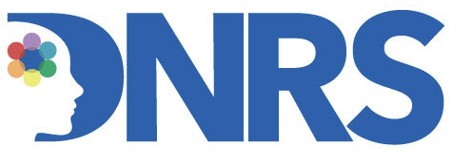Did you know that cumulative stress or trauma can impact the structure of your brain and keep it in a chronic stress response? This maladapted response is called limbic system impairment and can negatively impact all systems of the body leading to a wide range of symptoms.
People suffering from limbic system impairment usually begin noticing changes to things like their immune system, digestion, hormone production, or detoxification pathways.
They can also begin to experience things like hypersensitivity to stimuli, such as smells, light, sound, touch, or foods and environments they once enjoyed. Other common symptoms of limbic system impairment include chronic pain, fatigue, sleep issues, depression, and anxiety.
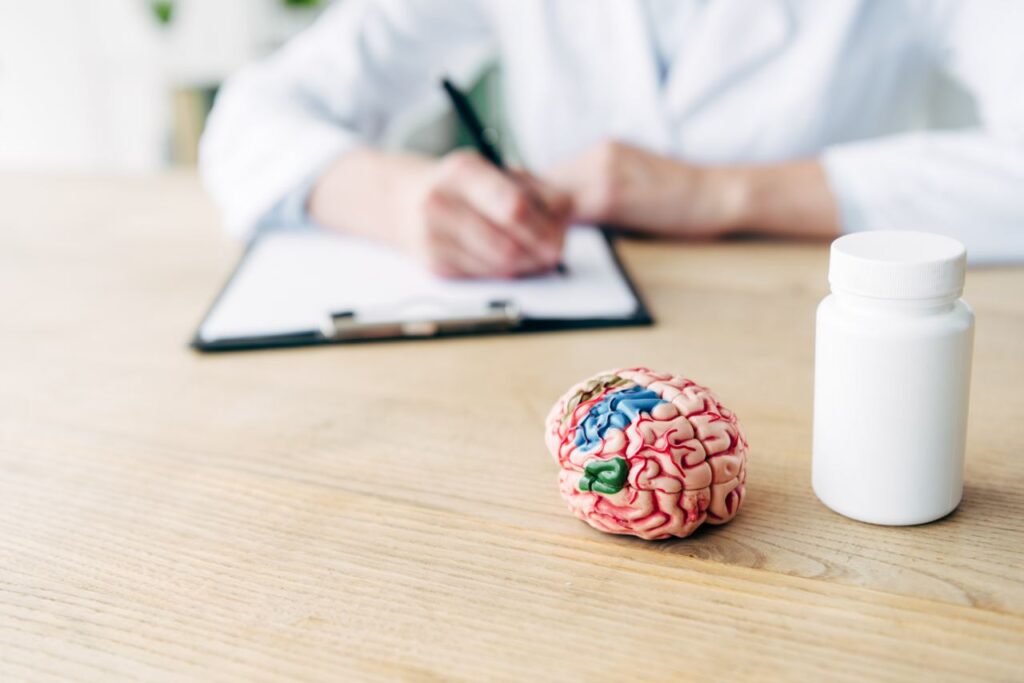
If you have experienced various forms of physical, psychological or emotional trauma, you could have limbic system impairment and rewiring your brain may be the missing link to your recovery.
Our latest blog post will walk you through the science behind limbic system impairment, how the principles of neuroplasticity can address it and how the self-directed tools outlined in the DNRS program can help someone suffering from chronic symptoms and conditions retrain their brain and get their life back.
Limbic System Impairment: The Missing Link
Think of the brain as a control center that dictates all voluntary and involuntary functioning in your body — including everything from how you feel to the digestion of the meal you just ate. Inside the brain is the limbic system, a complex set of structures associated with things like learning and memory. Let’s look at the limbic system and its involvement in the stress response.
Ongoing or chronic stress and various forms of trauma such as a viral or bacterial infection, extreme emotional or psychological stress, toxic exposure to chemicals or mold, physical injury, and more can cause threat circuits in the limbic system to fire more rapidly. This is perfectly normal and how your brain responds to stress or trauma.
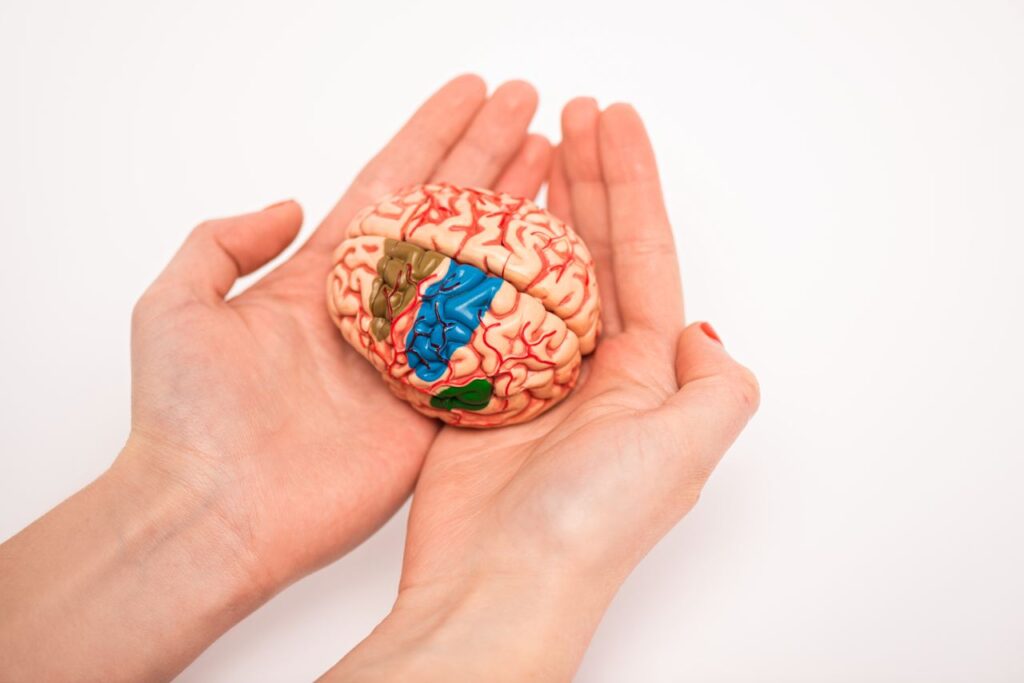
However, in some cases, your brain can get stuck in a stress response where your brain remains on high alert even if the original stressor or trauma is gone. This can have a detrimental effect on so many different systems within your brain and body.
Symptoms can include everything from chronic inflammation, poor memory, brain fog, digestive issues, lowered energy levels, and numerous sensitivities, to chronic pain, sleep issues as well as a host of other symptoms. Bodily functions like detoxification, absorption of nutrients and cellular communication can also break down.
For many people who have been suffering from chronic symptoms, learning that the root cause may be a maladapted stress response in the brain is often the first step toward healing! (You can take the self-assessment survey here to learn if your condition may be linked to limbic system impairment).
Using Neuroplasticity To Heal From Chronic Conditions
Once you know that your symptoms are linked to limbic system impairment, you can focus on healing your brain through the tools of neuroplasticity.
Neuroplasticity is the ability of your brain to change and adapt. While this can involve functional changes due to things like stroke or brain damage, it also includes structural changes you can make yourself due to learning.
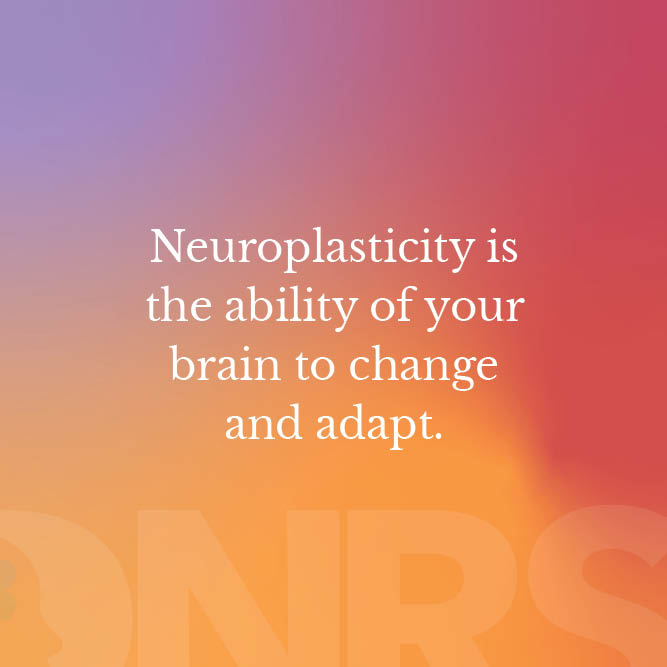
Some examples of neuroplasticity in everyday life include:
Grow Your Vocabulary: Research shows that many regions of the brain are involved in vocabulary tasks, particularly in areas that are important for visual and auditory processing. Learning new words and their meanings regularly can stimulate new neural pathways in the brain.

Dance Regularly: Studies have proven that learning new dance moves or choreography can increase the processing speed and memory in your brain. There are dozens of ways to put this practice to the test. Whether you join Zumba or jazz exercise class or learn a new dance move on YouTube.

Learn a New Skill: Learning a new skill may help strengthen the connections in your brain. Research has shown that it can also help improve memory function in older adults. This can include everything from learning to cook a new dish to riding a horse or studying a new subject.

Listen To Music: Since music has been shown to improve cognition and enhance learning and memory, it makes sense that it also has an impact on creative thinking. Recent research has shown that listening to feel-good music can help the brain create innovative solutions compared to sitting in silence.

So how do you use neuroplasticity to rewire your brain, heal limbic system functioning and address chronic symptoms? The Dynamic Neural Retraining System (DNRS) uses proven and powerful neuroplasticity tools to build healthier neural pathways that support optimal function in all systems of the body.
Just like learning a new skill or listening to music, DNRS helps you train your brain to do novel things consistently to enhance neuroplasticity and break old patterns that are a result of limbic system dysfunction. DNRS provides a clear and organized path on how to retrain your brain and heal your body.
What is DNRS?
When you have limbic system impairment, your body is in a state of chronic stress (fight, flight, or freeze mode). To heal this maladaptive response, you need to rewire the structures of your brain that have become affected. That is where DNRS steps in.
The DNRS program is a drug-free, self-directed neural rehabilitation program, which uses the principles of neuroplasticity to help reverse limbic system impairment and regulate the maladaptive chronic stress response in your brain.
The program includes an online instructional video series (12 hours of on-demand learning) that includes science to further your understanding of the brain and countless practical exercises to retrain your brain in real-time. You also receive access to the Global Community Forum with over 14,000 members and 10 years of archived information to further support your journey.
Rewiring Your Brain for Health and Healing
You may have found your way to DNRS through an online search, a recommendation from your doctor, or someone else you know who has successfully regained their health through the program.
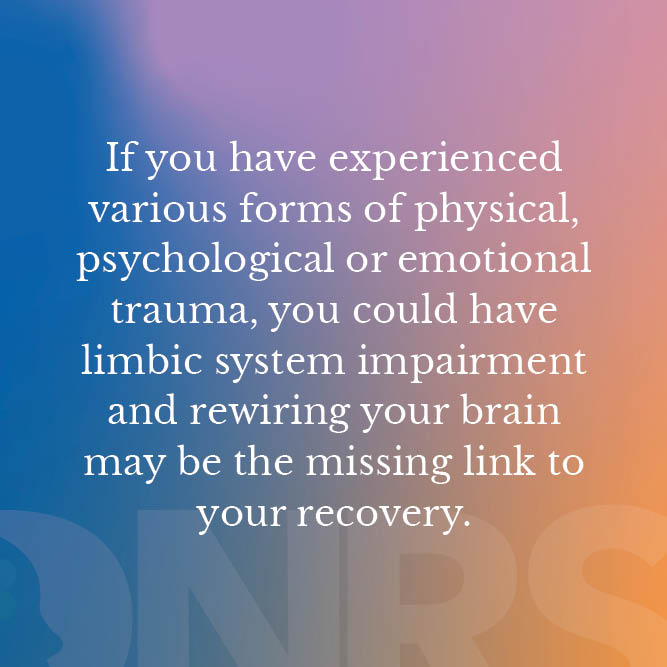
If you have experienced various forms of physical, psychological or emotional trauma, you could have limbic system impairment and rewiring your brain may be the missing link to your recovery. The great news is that when you know the root cause of your suffering, you can finally take control of your health by applying the tools learned through the DNRS program.
Here is what one of our recent DNRS graduates had to say:
“I’m sure many of you are skeptical, and I was too – with all my experience with doctors and my educational background in psychology and medical research, I thought there was no way that the answer to my years of illness could be so simple. And yet, it is! The answer had been there all along – while these symptoms and illnesses are all real, the root of the problem is in our brains, not our bodies. Self-directed neuroplasticity is a completely revolutionary way to heal yourself. I believe that if you can commit to the program, DNRS will be the last treatment you’ll ever need.” – Erin
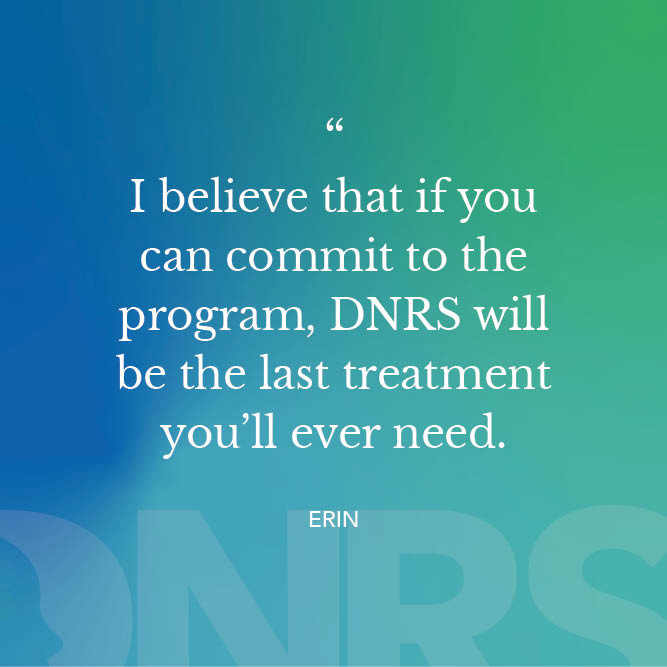
Learning how to rewire your brain through the neuroplasticity tools outlined in the DNRS Program has proven beneficial for thousands of people experiencing a wide range of chronic symptoms — regardless of their specific diagnoses.

Since 2008, the DNRS Program has been helping people find relief from a growing list of chronic and hard-to-treat conditions. It is amazing to see how many seemingly unrelated symptoms turn out to be linked to limbic system impairment, and when this missing link is addressed, the results are life-changing for so many.
To learn more about DNRS, click here. Follow us on Instagram and Facebook for more information on neuroplasticity and the countless stories of inspiration we share from those in our Global Community Forum.

